Not every great car from the ’90s wore a badge that turned heads or came with a spec sheet meant to impress. Some were just quietly good—well-built, fun to drive, and surprisingly capable, even if the spotlight passed them by. These were the ones you’d notice only if you were paying attention.
We’re talking about the cars that slipped through the cracks—too early, too odd, or just too subtle to catch fire in their day. But give them a second look now, and you’ll find there’s a lot more going on than anyone gave them credit for.
1991 Nissan NX2000
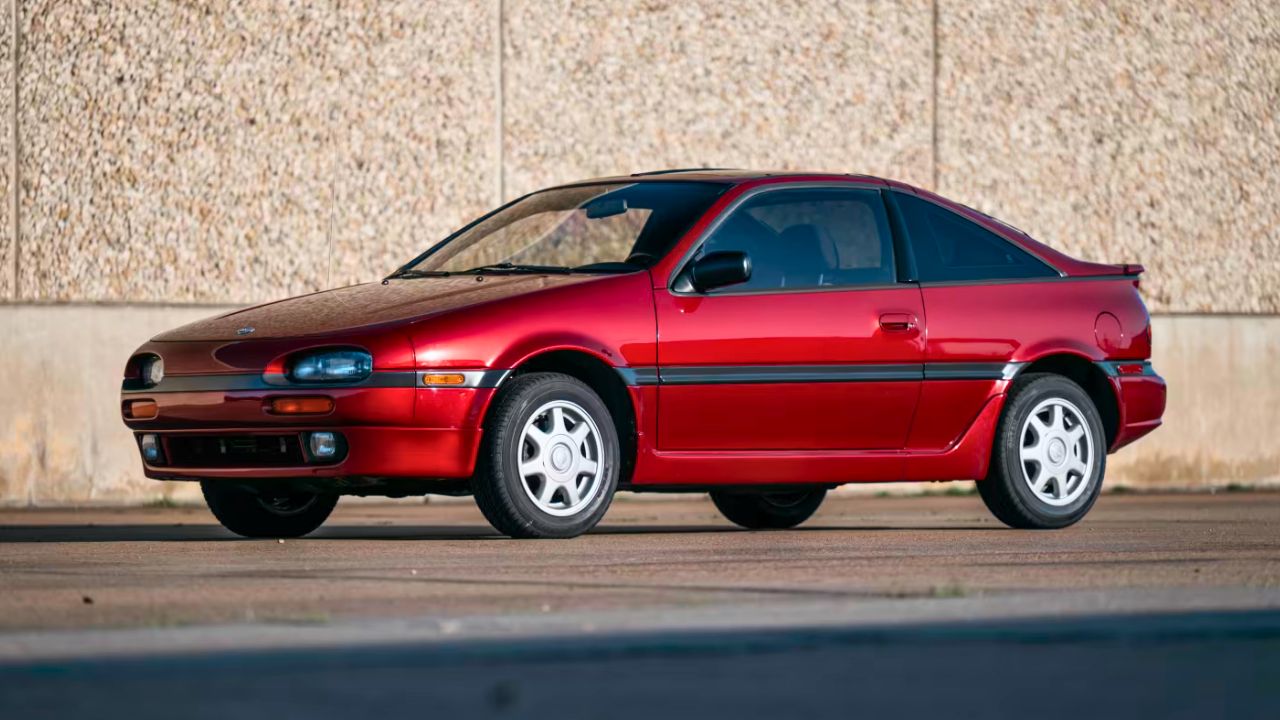
The NX2000 was one of Nissan’s better-kept secrets in the early ’90s. It shared its guts with the Sentra SE-R, including the 140-hp SR20DE engine, but wrapped it in a lighter, more agile hatchback body. A limited-slip differential came standard—something you didn’t see much in this class.
It was nimble, reasonably quick for the time, and offered real driving feedback. The interior wasn’t flashy, but it had what mattered: good bolstering, clear gauges, and tight ergonomics. For those who wanted budget fun with a manual gearbox, this little coupe checked more boxes than most people noticed.
1992 Mazda MX-3 GS
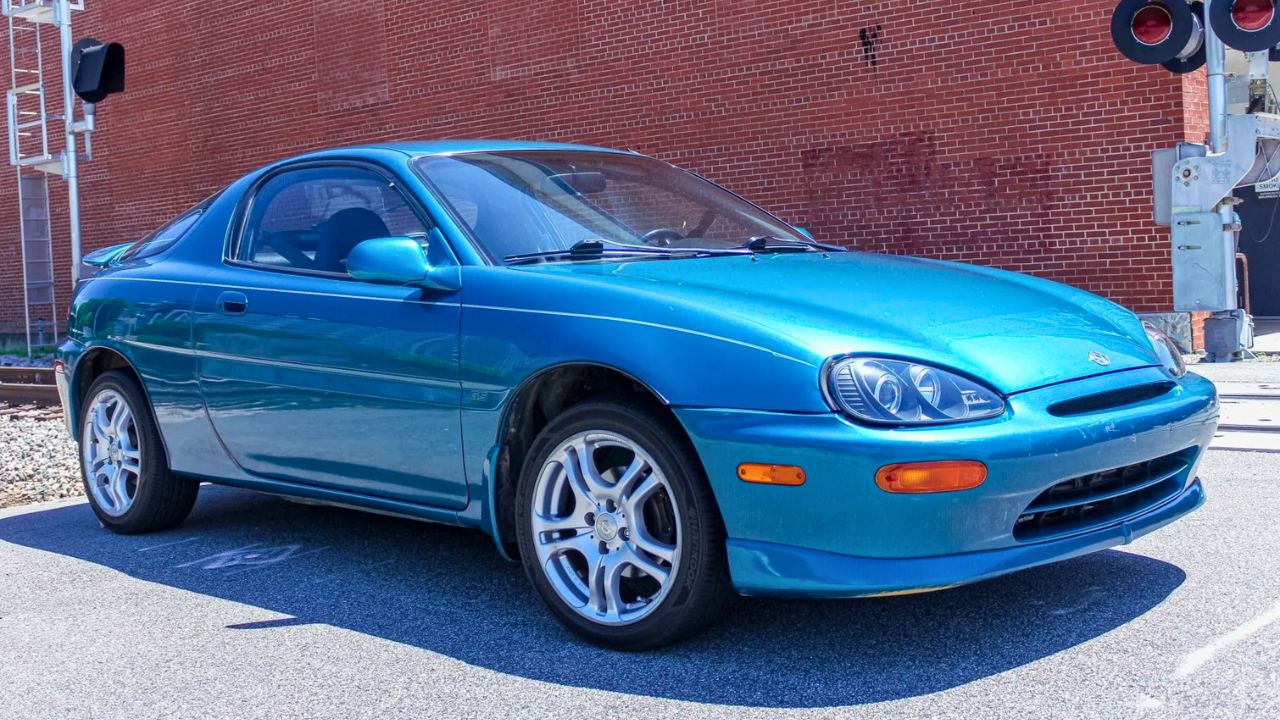
The MX-3 GS didn’t get much love, probably because of its size. But under the hood sat a 1.8L V6—the smallest production V6 of the time—revving clean past 7,000 rpm. That made it feel livelier than its numbers suggested, especially paired with the precise 5-speed.
Handling was tight, even playful, thanks to a short wheelbase and double wishbone front suspension. The cabin leaned toward the practical side, but offered solid visibility and decent materials. It was a sharp little coupe that slipped through the cracks while the Miata soaked up the spotlight.
1995 Oldsmobile Achieva SCX
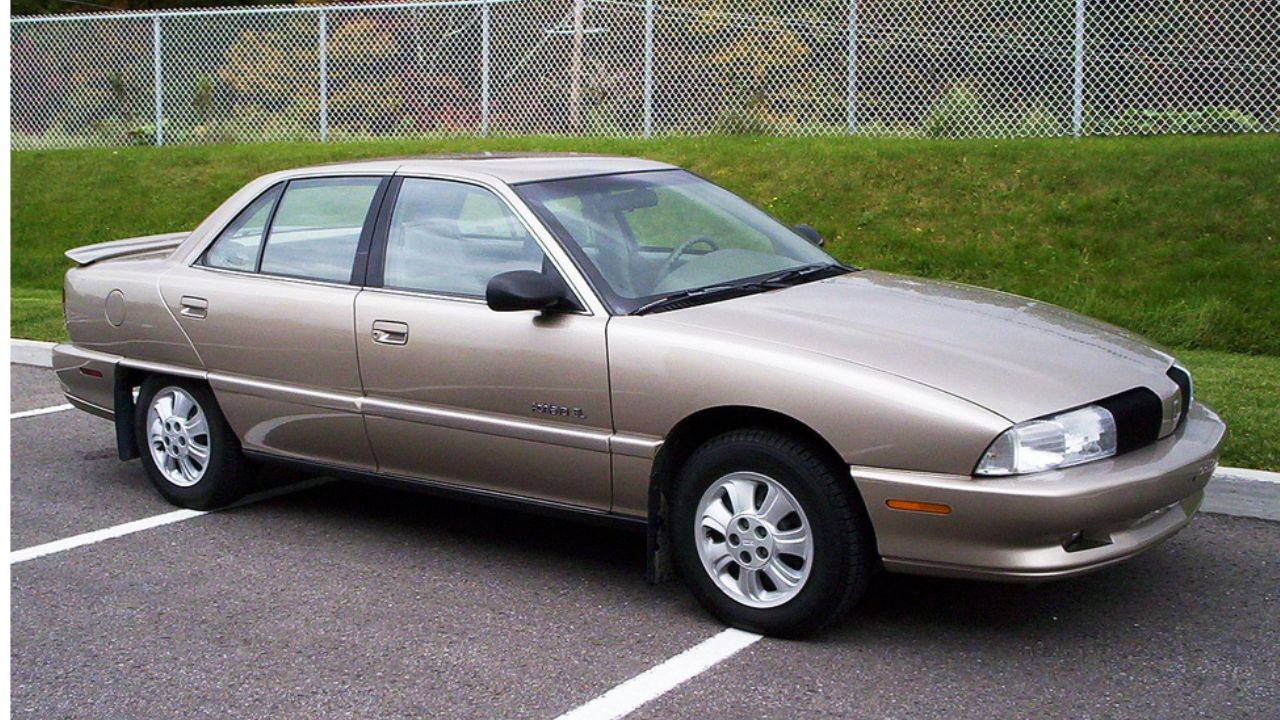
Oldsmobile doesn’t exactly spark excitement, but the Achieva SCX was different. It came with the high-output 2.3L Quad 4 engine pushing 190 hp and a 5-speed manual—factory rated to rev past 7,200 rpm. No slushbox here. This was built to hustle.
The SCX package added FE3 suspension, stiffer bushings, and a more serious steering rack. Interior quality was middle-of-the-road for the era, but you got full instrumentation and supportive seats. As far as sleeper compacts went, this was a surprising left-field option with real bite.
1994 Mitsubishi Galant VR-4
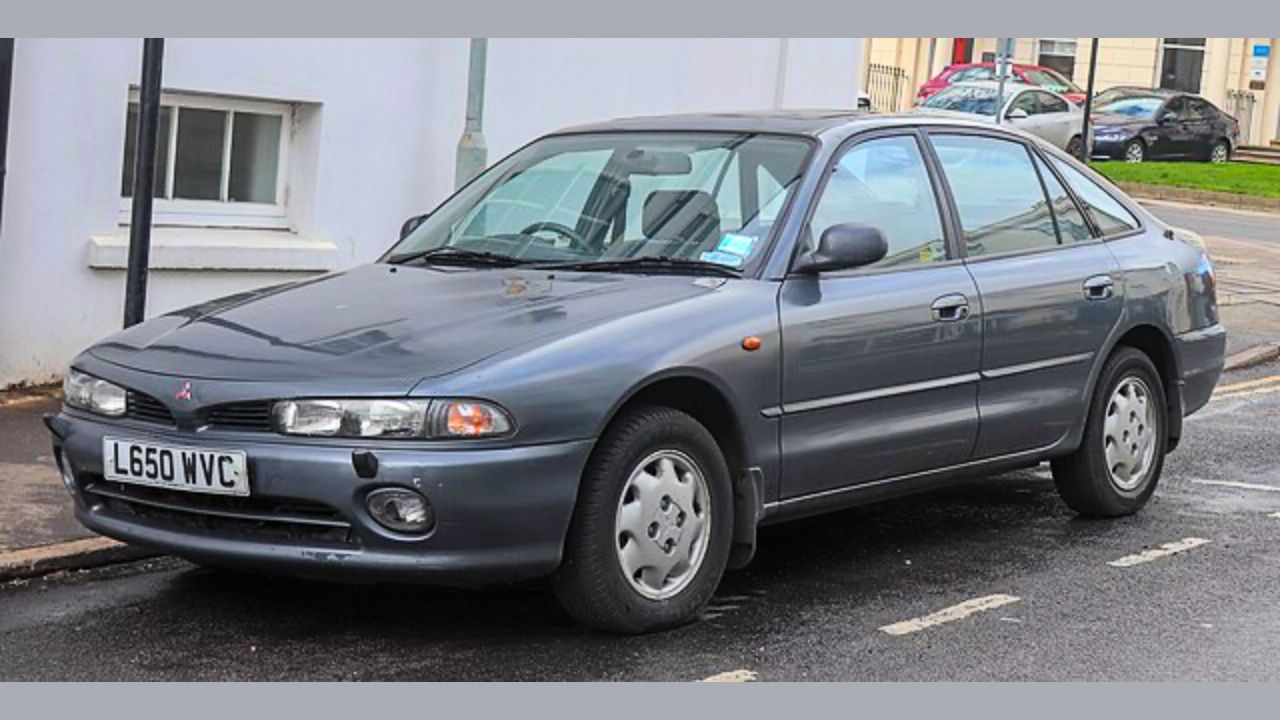
The VR-4 was Mitsubishi’s answer to the AWD sport sedan formula. It borrowed tech from the earlier rally-spec version, including full-time all-wheel drive, a 2.0L turbocharged inline-four, and a 5-speed manual. Power was underrated at 237 hp—quick enough to catch most sedans off guard.
It had a solid ride, four-wheel steering, and a proper driver-focused layout inside. Bucket seats and a tight cockpit gave it a more serious vibe than your average Galant. Overshadowed by the Eclipse and DSM crowd, the VR-4 was far more capable than it got credit for.
1997 Infiniti J30
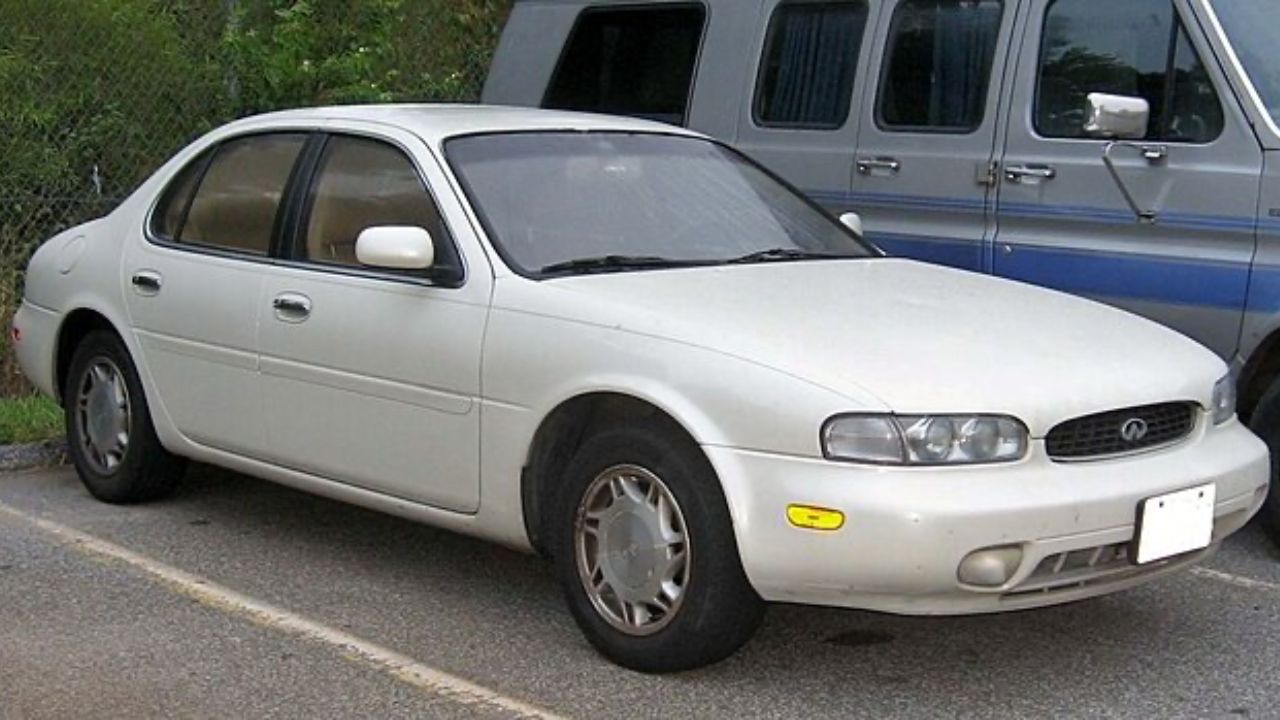
The J30 never quite found its place. Its rounded body and rear-drive setup confused buyers expecting either a sporty sedan or a luxury cruiser. But it had a lot going on—namely, the same 3.0L V6 from the 300ZX, tuned for smoothness over peak numbers.
It handled better than its weight suggested and offered a plush, leather-wrapped cabin that aged better than most ‘90s interiors. The rear was a bit cramped, but the drive had a balanced, controlled feel. People passed on it for being “weird,” but the J30 deserved more attention.
1996 Saab 900 Turbo
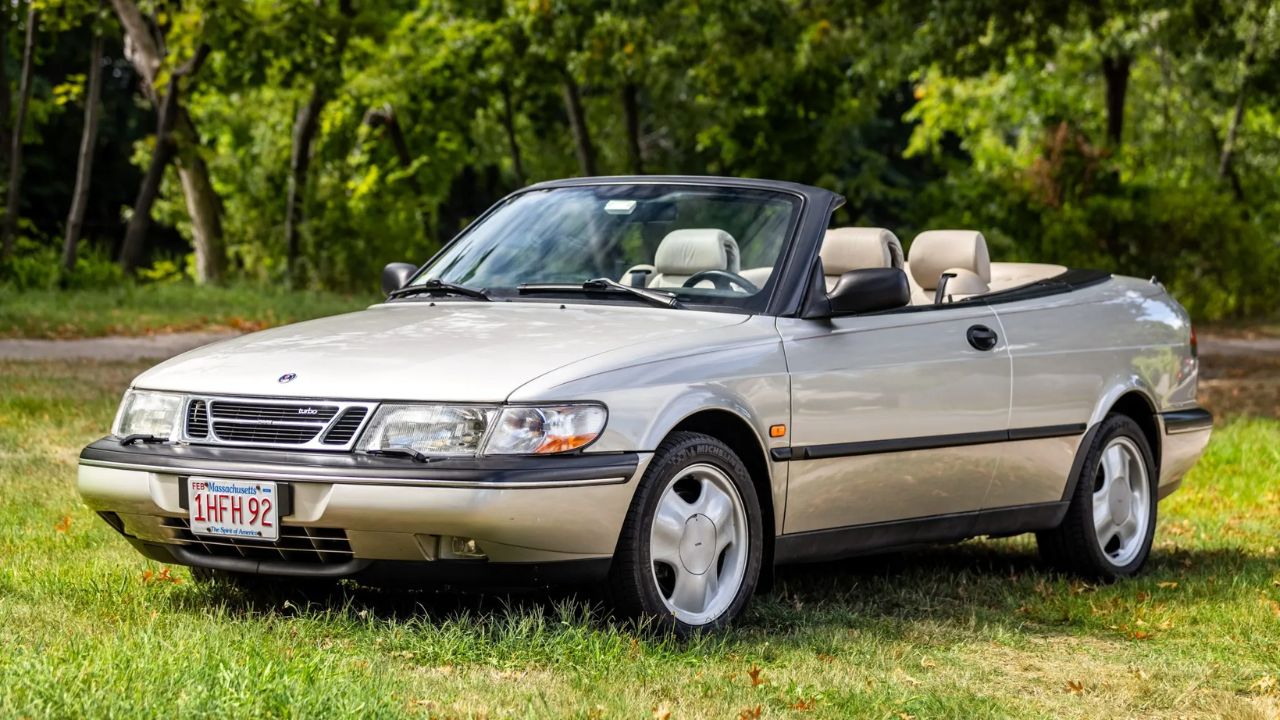
The 900 Turbo often gets dismissed as quirky, but it packed more substance than people gave it credit for. With its 2.0L turbocharged inline-four making 185 hp and a strong midrange, it had serious punch in everyday driving. The torque steer was part of the charm.
Saab’s cockpit was all business—wrapped in solid materials, big buttons, and aircraft-inspired touches. The hatch made it surprisingly useful, and handling was confident with a front strut/rear beam axle layout. As a usable, fast Euro hatch, the 900 Turbo hit a sweet spot for drivers who wanted something a bit sharper than average.
1993 Lexus GS300
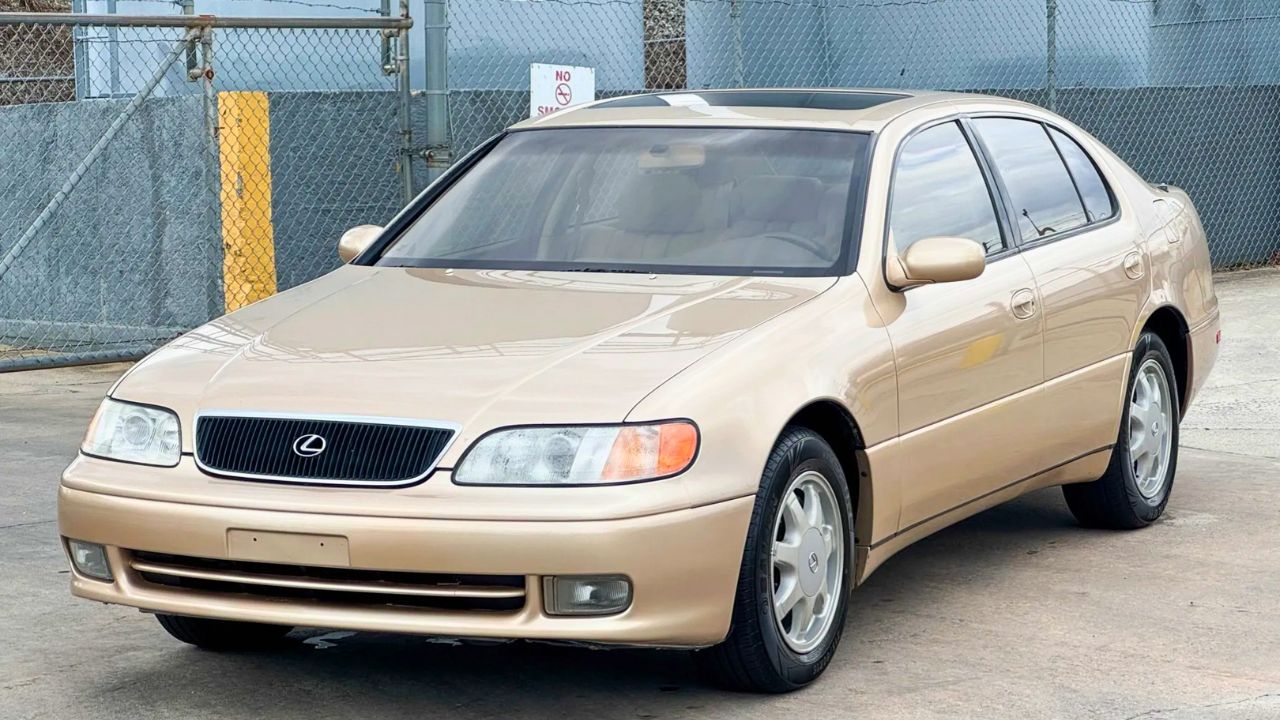
Before Lexus leaned into the big-luxury image, the GS300 was trying to blend comfort with subtle performance. Underneath, it shared a lot with the Toyota Aristo—meaning rear-wheel drive, a strong chassis, and the legendary 2JZ-GE inline-six with 220 hp.
It wasn’t a track car, but it moved with smooth power and handled corners better than you’d expect for a car in this category. The interior was calm and well-executed, with understated luxury that aged better than most. In a decade full of V6 FWD sedans, this rear-drive straight-six setup was a standout.
1998 Ford Contour SVT
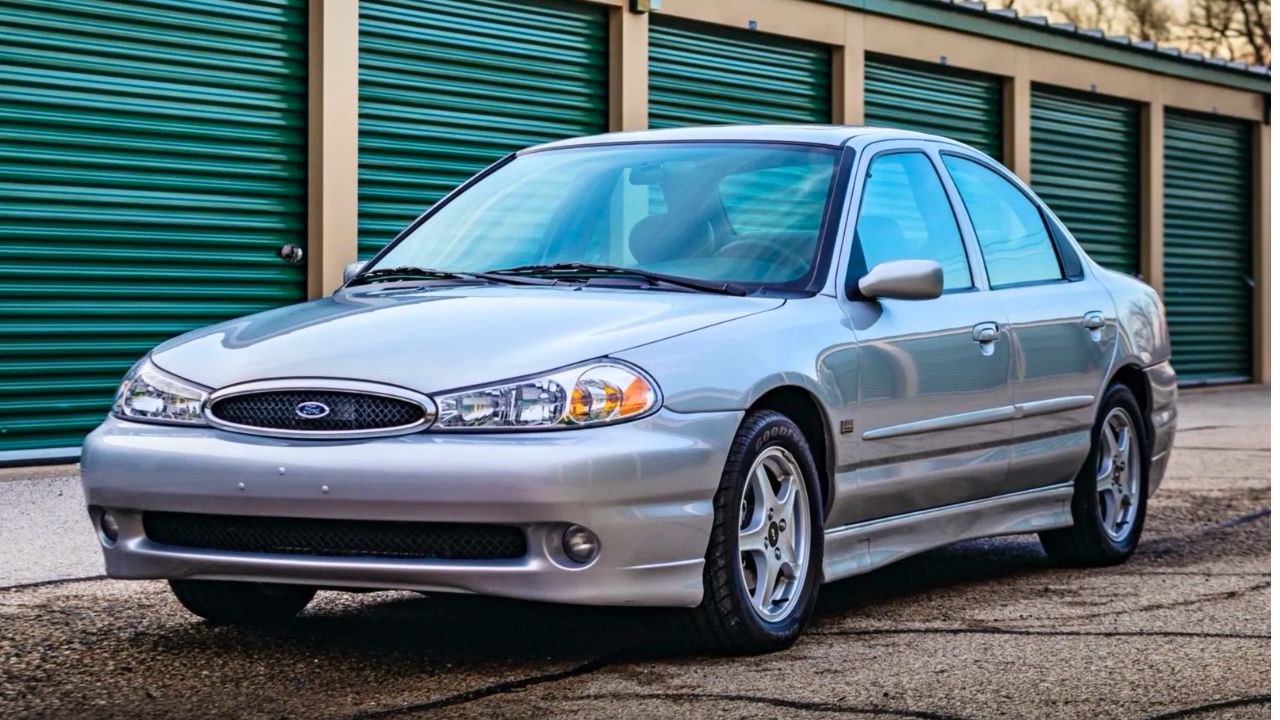
The Contour SVT was Ford’s attempt at building a Euro-style sport sedan for U.S. roads—and it worked. Developed with input from Ford’s Special Vehicle Team, it had a 2.5L V6 tuned to 195 hp, a close-ratio 5-speed, and firmer suspension.
It could corner, rev, and communicate with the driver in a way few domestic sedans did. Inside, you got leather sport seats, a three-spoke wheel, and analog gauges that kept it honest. It was often compared to the BMW 3 Series, and while it didn’t win in prestige, it punched way above its weight in terms of driving feel.
1994 Toyota Previa Supercharged
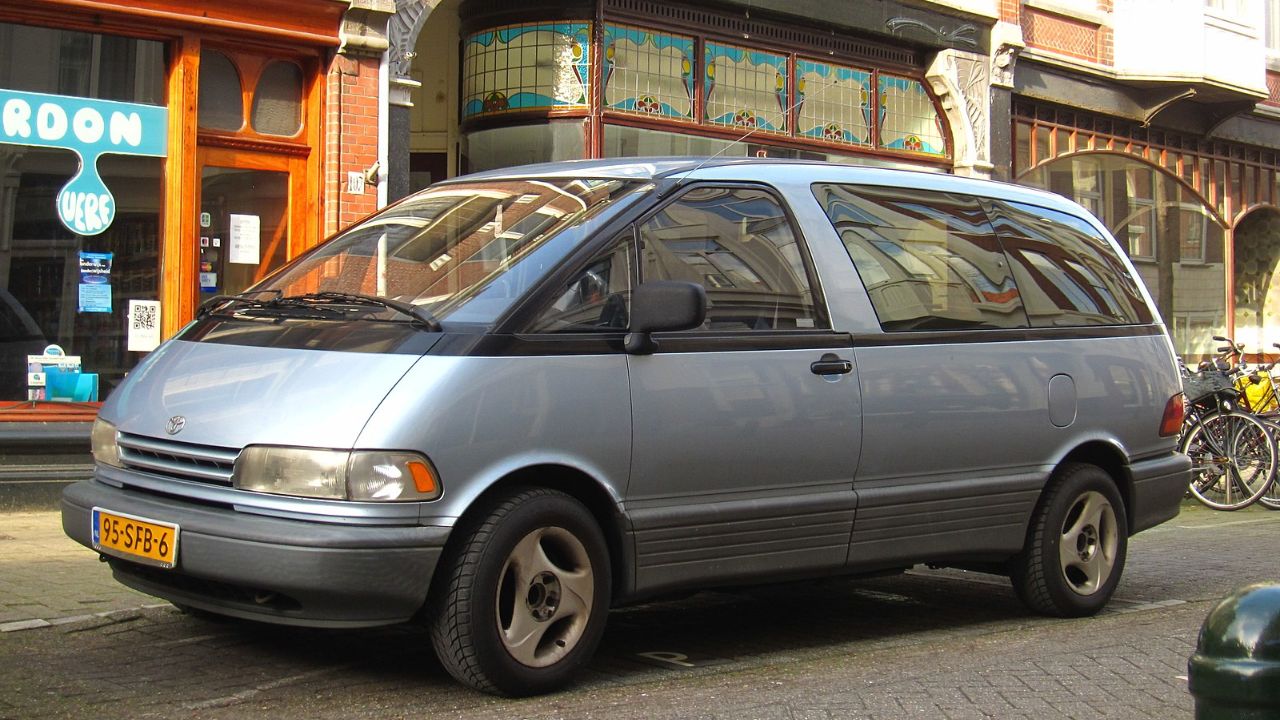
Yes, a minivan made the list—and for good reason. The Previa SC came with a mid-mounted 2.4L engine and a factory supercharger, bumping power to 161 hp. It wasn’t fast, but with rear-wheel drive and optional AWD, it handled surprisingly well.
The Previa’s interior was unlike anything else. Visibility was excellent, the dashboard had aircraft vibes, and the build quality was classic Toyota. Sliding doors and a giant glass greenhouse made it family-friendly, but under the surface, it was more balanced than a lot of sedans at the time.
1993 Subaru SVX
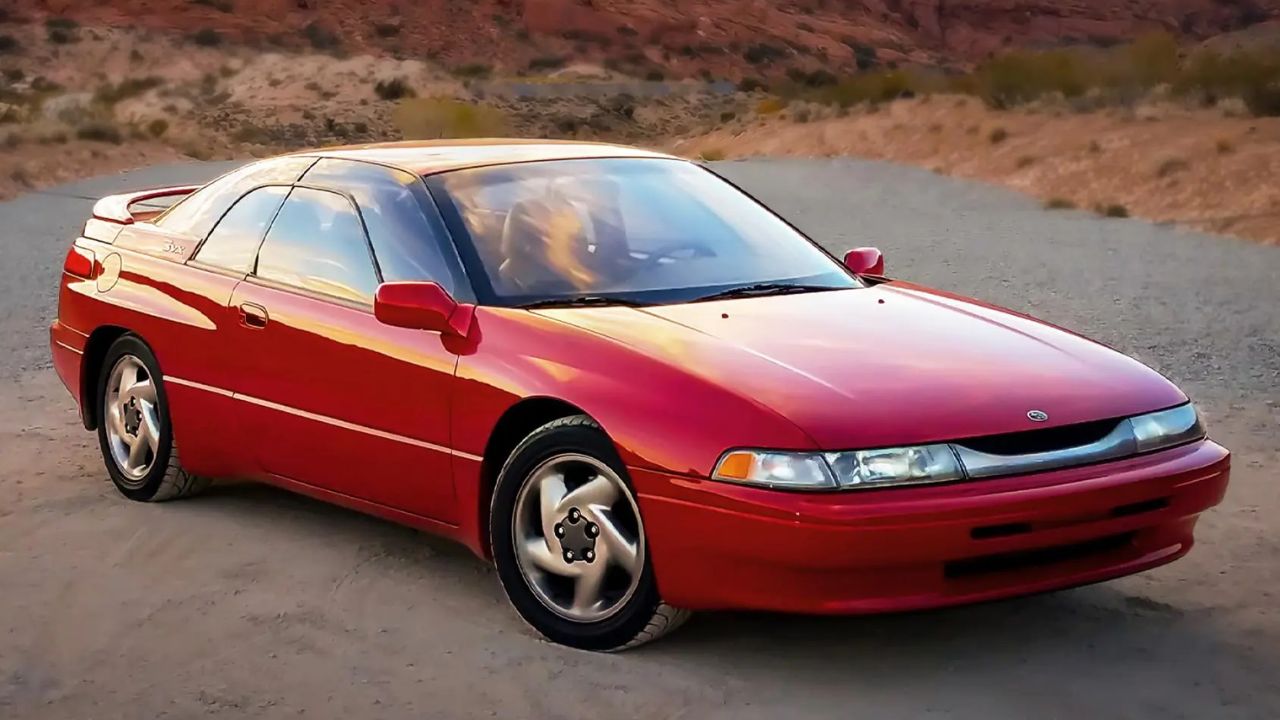
The SVX never really caught on, but it wasn’t for lack of trying. Designed by Giugiaro, its window-within-a-window layout turned heads, but the real value was under the hood. It had a 3.3L flat-six making 230 hp, mated to Subaru’s full-time AWD system.
It was more grand tourer than street brawler, with a smooth, planted ride and long-legged power delivery. The cabin was wrapped in leather and suede, and it felt genuinely upscale. The four-speed auto held it back, but everything else about the SVX was built for the long run.
Like Fast Lane Only’s content? Be sure to follow us.
Here’s more from us:
*Created with AI assistance and editor review.

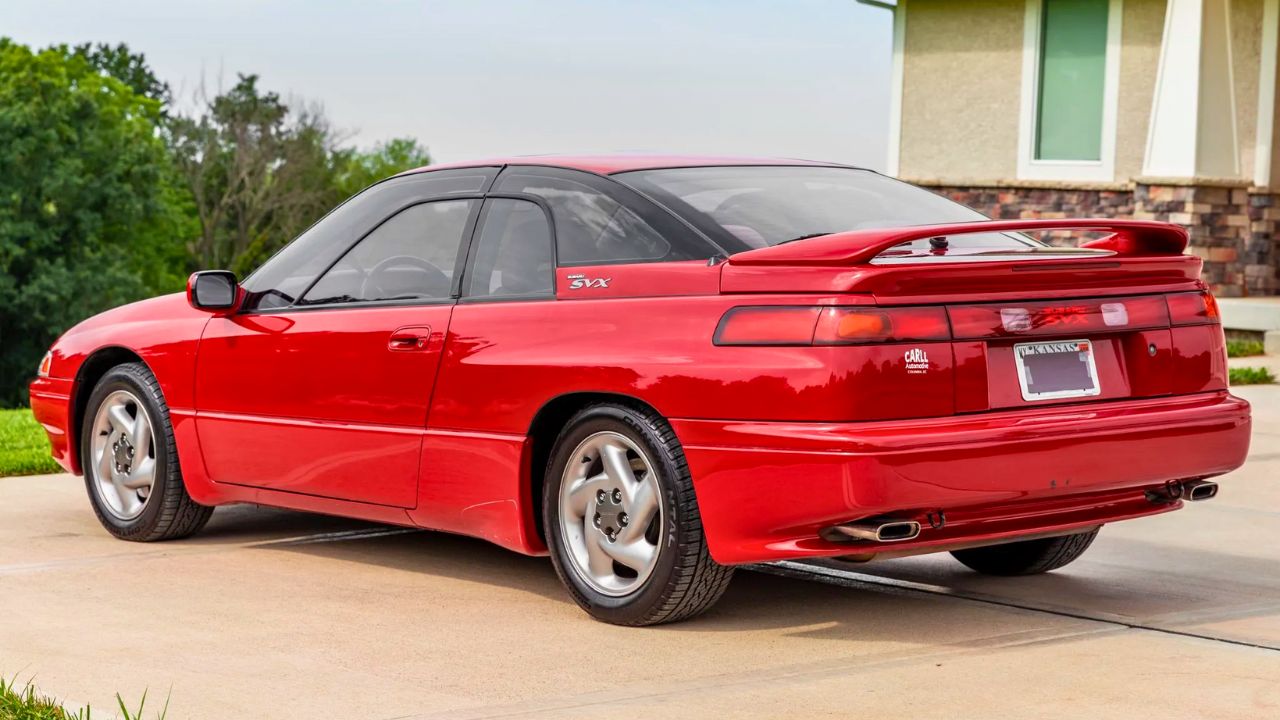
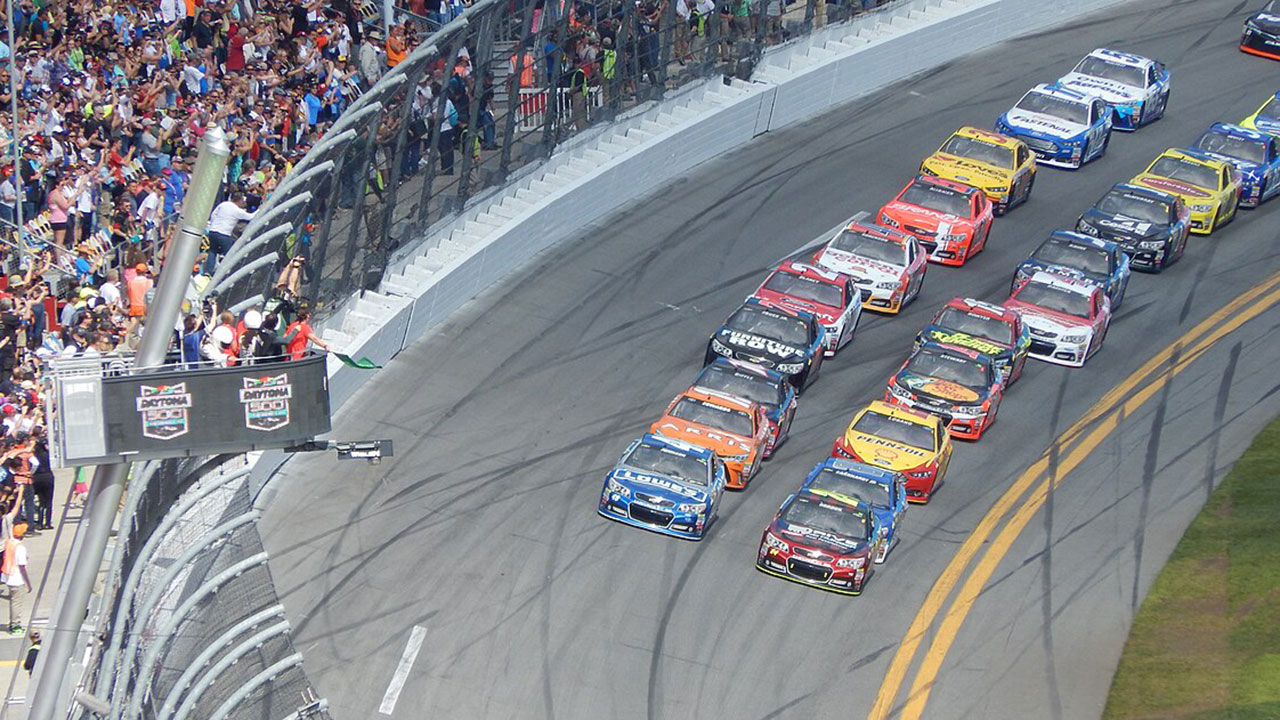

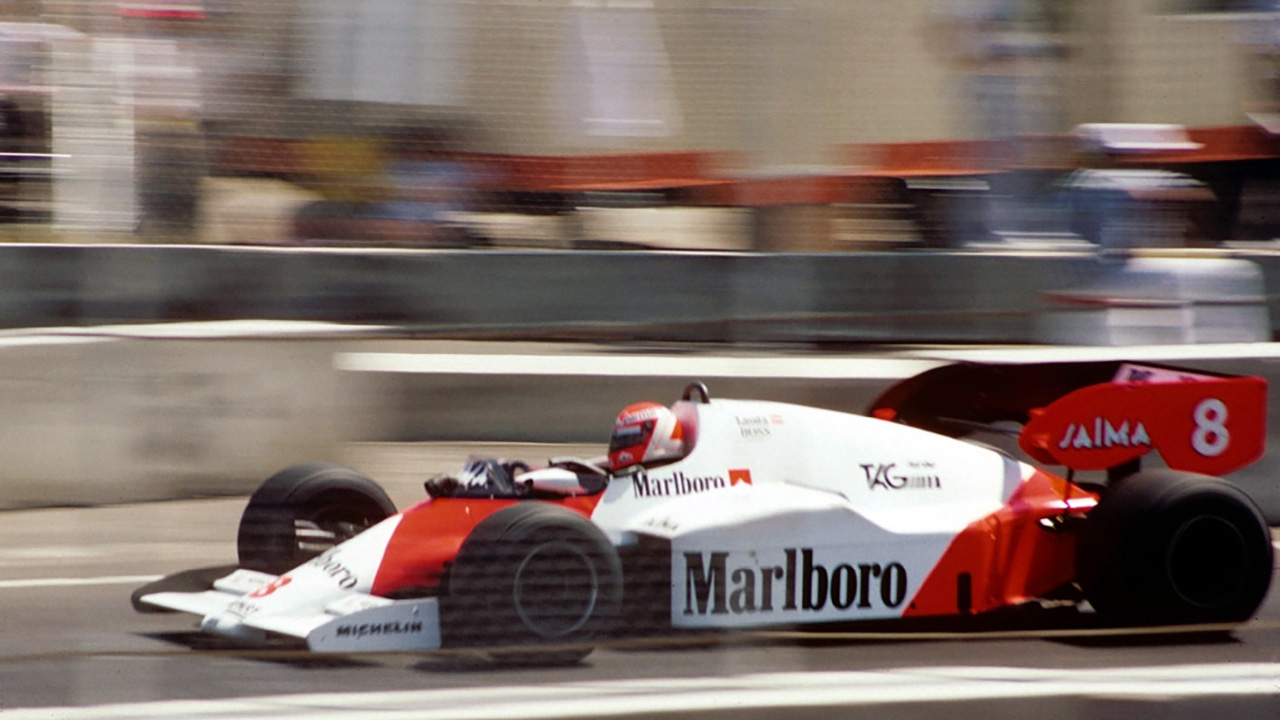
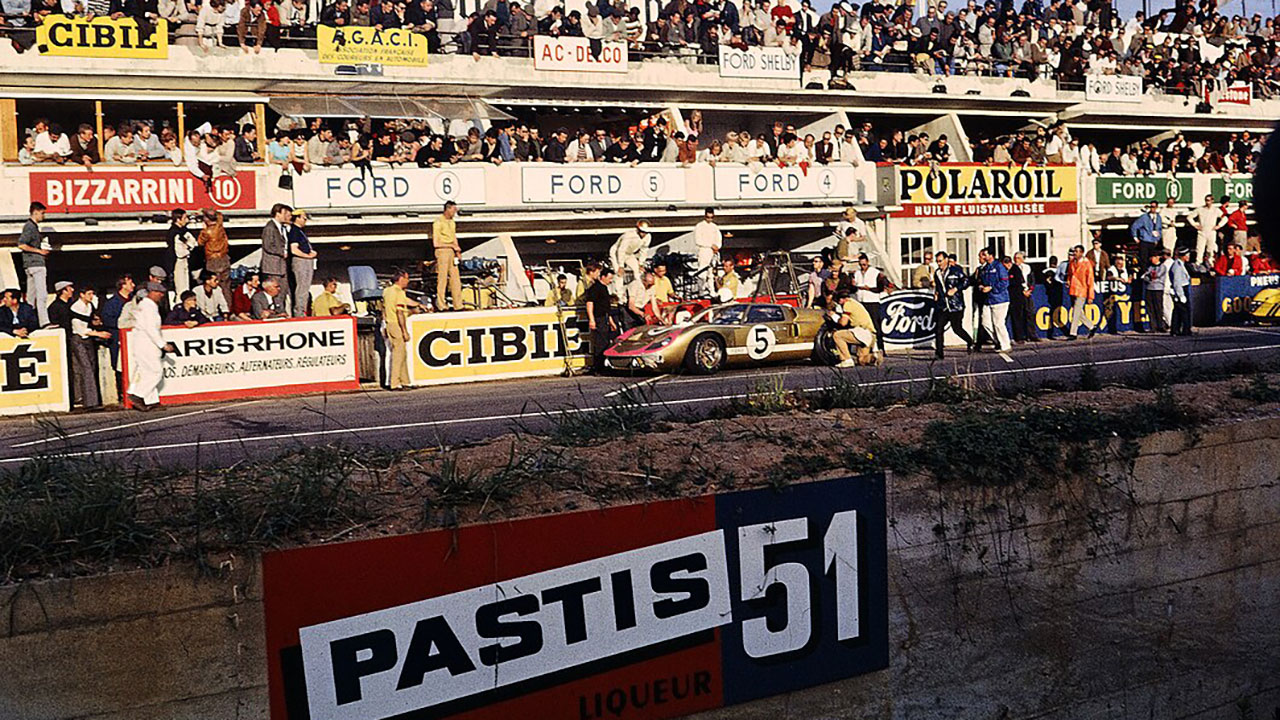
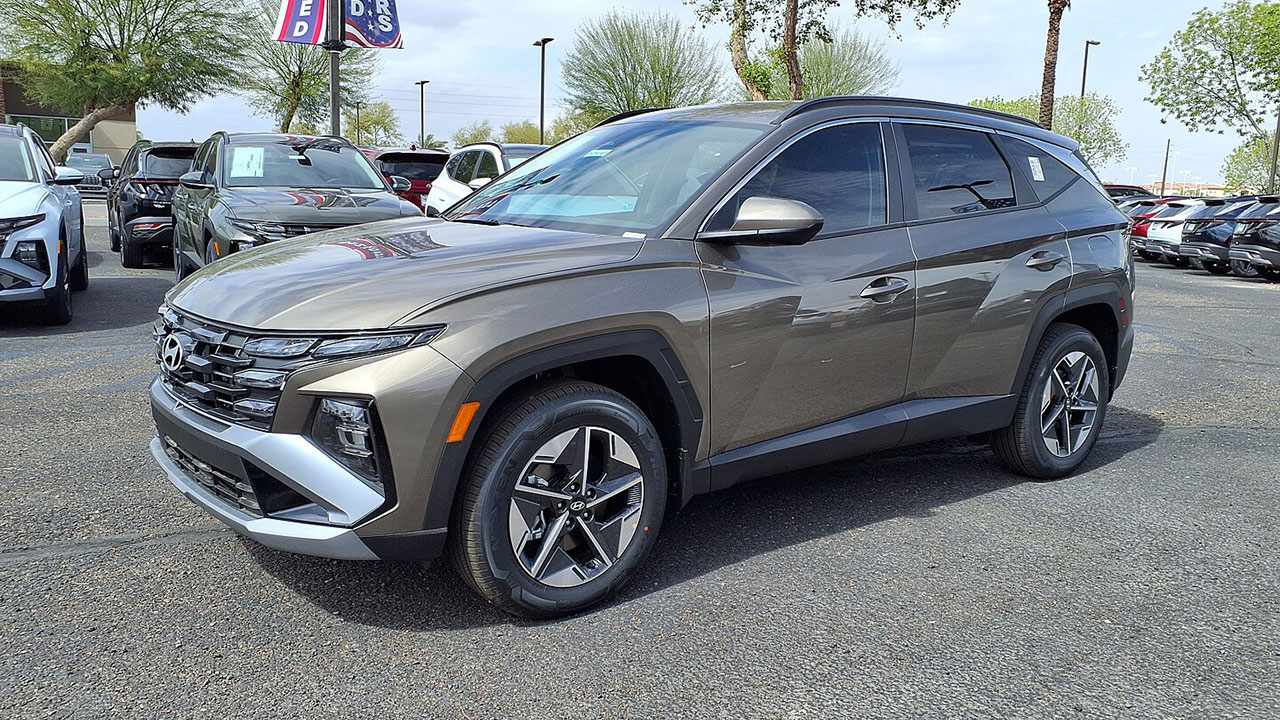
Leave a Reply